Difference between revisions of "Natural markings on leather"
| Line 10: | Line 10: | ||
==Natural markings on leather== | ==Natural markings on leather== | ||
| − | Natural markings on [[Rawhide|rawhide]] can affect | + | Natural markings on [[Rawhide|rawhide]] can affect its usability as a specific type of [[Leather|leather]], depending on the severity and extent. |
| − | + | Excessive damage has an impact on how much of the skin is usable during [[Leather cutting|cutting]]. This results in higher wastage per skin. There are two kinds of damage: postural injuries incurred during the animal's lifetime and damage after slaughter. | |
| − | Below are some examples, which are typical in practice and make the leather partially unusable and cause higher [[Leather cutting|waste]]. Many of the skin damages are not | + | Below are some examples, which are typical in practice and make the leather partially unusable and cause higher [[Leather cutting|waste]]. Many of the skin damages are not detectable on the rawhide. They can only be seen after the first [[Leather production|process steps]] in the [[Tannery|tannery]]. |
| − | The | + | The different types of damage cannot always be clearly defined. A barbed wire scratch may look like a pitchfork injury and what looks like a tick bite can have various causes. |
| − | Statistics indicate that approximately | + | Statistics indicate that approximately only 5% of all [[Rawhide|rawhides]] are free of damage and suitable for processing as [[Aniline leather|aniline leather]]. Because the natural [[Grain side|grain]] remains visible on aniline leather, the skins must be flawless. |
| − | Leather with minor | + | Leather with minor damage is [[Sanding leather|sanded]], equalised with fillers in damaged areas and then [[Leather colour|dyed]] and [[Embossed leather|embossed]]. Alternatively, for dyeing and stamping, [[Coated leather - Laminated leather|foils]] are glued onto the leather surface. In this way, the skin may still be used for [[Leather cutting|cutting larger sections]]. As long as the coated damage is not too large and the durability of the processing is long-lasting, such leather is of good [[Leather quality|quality]] within its price range. However, severely damaged leather is often processed without meeting the expected longevity. This tends to occur in the lower price segment. |
| Line 29: | Line 29: | ||
===Dung marks - Manure burns=== | ===Dung marks - Manure burns=== | ||
| − | Dung marks | + | Dung marks are caused by faeces sticking too long to the skin. If not removed quickly, it can cause burns. Also, when the animal sweats beneath the dung marks, the [[Leather hair pores - Hair follicles|skin pores]] enlarge. Provided the dung marks are not too severe, the skin is still usable. |
Revision as of 16:29, 21 March 2017
Contents
Natural markings on leather
Natural markings on rawhide can affect its usability as a specific type of leather, depending on the severity and extent.
Excessive damage has an impact on how much of the skin is usable during cutting. This results in higher wastage per skin. There are two kinds of damage: postural injuries incurred during the animal's lifetime and damage after slaughter.
Below are some examples, which are typical in practice and make the leather partially unusable and cause higher waste. Many of the skin damages are not detectable on the rawhide. They can only be seen after the first process steps in the tannery.
The different types of damage cannot always be clearly defined. A barbed wire scratch may look like a pitchfork injury and what looks like a tick bite can have various causes.
Statistics indicate that approximately only 5% of all rawhides are free of damage and suitable for processing as aniline leather. Because the natural grain remains visible on aniline leather, the skins must be flawless.
Leather with minor damage is sanded, equalised with fillers in damaged areas and then dyed and embossed. Alternatively, for dyeing and stamping, foils are glued onto the leather surface. In this way, the skin may still be used for cutting larger sections. As long as the coated damage is not too large and the durability of the processing is long-lasting, such leather is of good quality within its price range. However, severely damaged leather is often processed without meeting the expected longevity. This tends to occur in the lower price segment.
Dung marks - Manure burns
Dung marks are caused by faeces sticking too long to the skin. If not removed quickly, it can cause burns. Also, when the animal sweats beneath the dung marks, the skin pores enlarge. Provided the dung marks are not too severe, the skin is still usable.
Manure burns zoomed - Pore enlargement is clearly visible (click on last image)
Pitchfork injuries
Pitchfork injuries caused by prodding the animals with sharp objects. They are also known as goad marks. The leather is then unusable if such injuries occur frequently and are badly healed.
Warts
Cattle have warts like humans. During the tanning process, leather goes through so many machines that warts often tear. Even without tearing, warts deteriorate the skin quality.
Barbed wire scars and scratches
Barbed wire scars can be summarised for all types of scars by sharp parts of plants such as thorns or branches, but also by barbed wire. The number of scars, its length, width and the spreading on the skin are all factors that determine the extent of the use of such leather.
Typical barbed wire scars.
Scarred injury by barbed wire on grain side and flesh side.
Horn scratches and blows
Injuries by horns arise in bullfights and leave significant scars.
Surgical scar
Animals can also have surgical scars. These are also visible in the leather.
Neck wrinkles - Creases
Neck wrinkles and creases are a normal phenomenon and do not affect the value of the leather. They occur in cattle in the neck and abdomen, where the connective fibres are longer. Neck wrinkles naturally occur in a hide as a result of the neck stretching and contracting. The grain pattern is stronger in this area.
When cutting the leather, it is essential to consider that the graining on the finished object is symmetrical. Any varied graining left is an intentional effect.
Typical neck wrinkles in cattle.
Insect bites
Tick bites and stings of other insects appear as small surface damages on the skin.
Tick bites and other insect damages.
Fire brand - hot brand
Hot branding is a technique for marking cattle and other farm animals so as to identify the owner. Conventional methods are hot branding, freeze branding, earmarking, tattooing or the implantation of microchips. The hot and freeze brand is very painful for animals and therefore not allowed everywhere.
Branding iron (German Leather Museum at Offenbach).
Brand marks are burned with branding irons into the skin.
With branding iron marked cattle in Brazil.
Branding in a cowhide and on finished smooth leather.
Visible scars of branding in the back of such a furniture is not good quality.
Branding on smooth leather of a cow with and without finish.
On pigmented, sanded and embossed leather (corrected grain), the branding is invisible. When heating the leather from behind, the branding can be made visible with a thermal imaging camera.
| Method | Execution | Safety | Pain | Skin damage |
|---|---|---|---|---|
| Branding, hot brand by fire-heated marks | Skin burn by highly heated branding iron. | Very secure. Changes are in most cases not possible and involves considerable effort. | Severe pain by incineration. | Large scar |
| Cold branding - Freeze Branding | Freeze Branding. The marker stamp is strongly cooled and pressed on the previously shaved skin. The result is a pigment destruction in the hair root. The fur is growing white or does not grow any more after a longer print, what is needed in light fur. | Very secure. Changes are in most cases not possible and involves considerable effort. | Less painful than incineration. | Large scar |
| Ear tag of plastic or metal | With a pliers, a hole is made into the ear and a labeled plastic sticker is affixed. | Easy. Can be replaced. | Low pain. | No significant damage for leather production. |
| Tattooing | Coloured Tattoo. Often in the ear or on the lip. | Secure. Deceptions involve considerable effort. | Painful. | No damage for leather production. |
| Microchip implant | A transponder chip is implanted under the skin. | Secure. Deceptions involve considerable effort. | Low pain. | No damage for leather production. |
Warble fly
Warble fly are parasitic on cattle and deer. The fly lays eggs on the forelegs of cattle and deer. The eggs hatch within a week and penetrate the skin, where they migrate throughout the connective tissues. After a few months, the larvae travel back to the skin surface and cause swellings. When breaking through the skin, the fly leaves holes in the skin and visible scars remain. In South America exist variants that can infect humans.
Warble fly and warble made.
Warble bump on the back of a bovine. - Warble made under the skin of a deer.
Grain side damage of the warble fly in deer skin.
And same on flesh side.
Deer fur with damages cause by the warble fly.
Damages when skinning in the slaughterhouse
When skinning in the slaughterhouse the skin can get damaged. Incorrect cutting can reduce the yield of surface. In slaughterhouses the animals are often skinned by machines. The strong force in this process, may bust the grain pattern .
Damage when scutting and busted scar.
Other reasons for skin damage
- Conservation damage damages caused by inadequate conservation after skinning (fouling by bacteria influence or salt stains).
- Skin parasites like mites and lice damage the skin and affect the quality of leather.
- Skin fungi (skin lichens) damage the skin and thus the end product leather.
Are skin damages a deficiency?
Customers want flawless goods. Wrinkles, scars or leather grain texture differences are perceived as lack. But many surface differences belong to the naturalness of the leather. A well overgrown scar is often more stable than the surrounding leather. A wrinkle in the leather is as natural as in your elbow or in the palm of your hand. The natural leather grain pattern varies in the skin surface. Any leather item with an absolutely uniform leather grain texture and colour, usually has a strong finished (pigmented) and embossed leather. Such leather is colder, firmer and less natural than a leather with differences.
As long as a leather is stable and the differences of the offered leather qualities have been well explained, it is good service. Not every skin defects can be excused that way, but it's an honest information for the customer.
Additional information







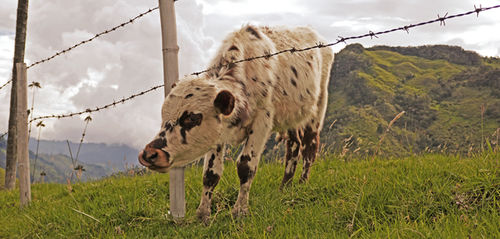
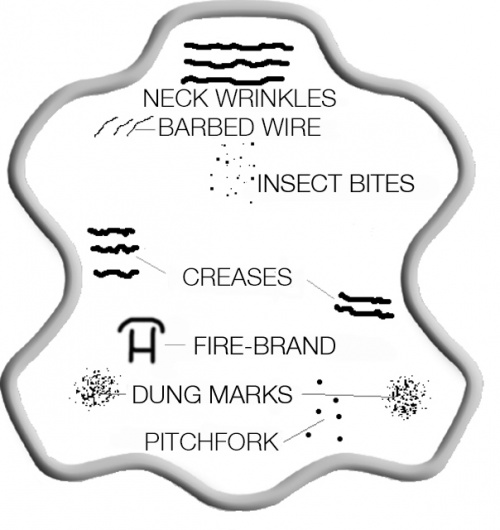
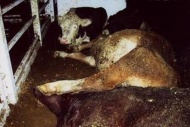
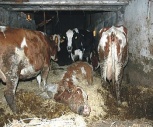
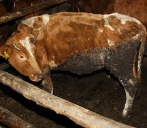
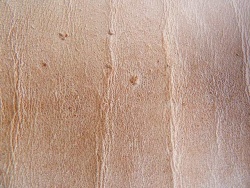
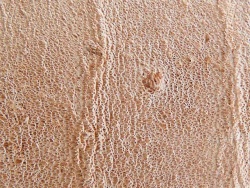
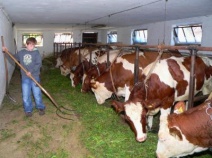
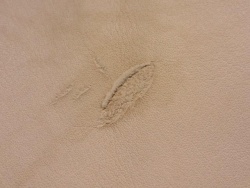
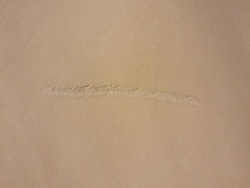
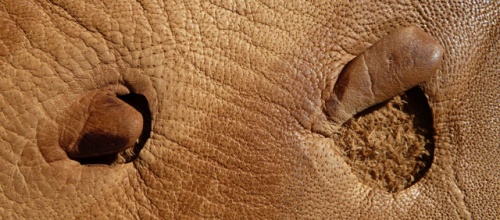
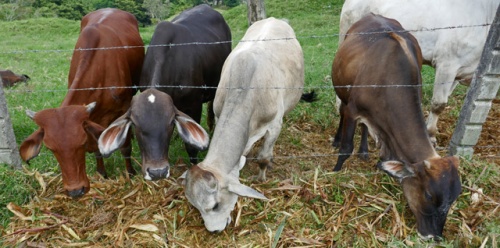
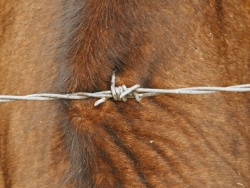
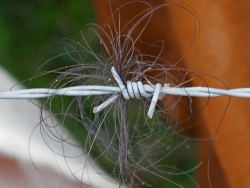
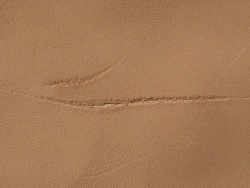
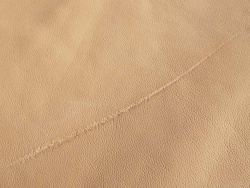
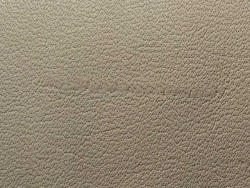
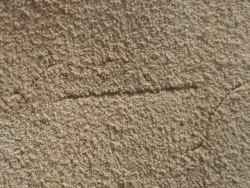
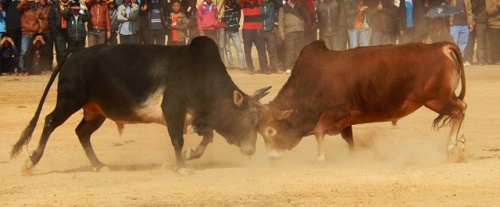
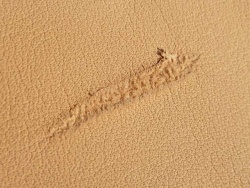

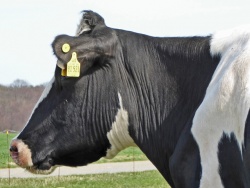
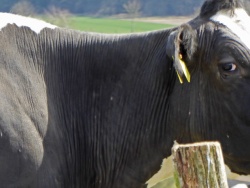
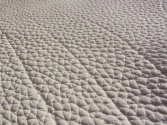
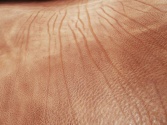
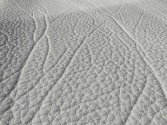

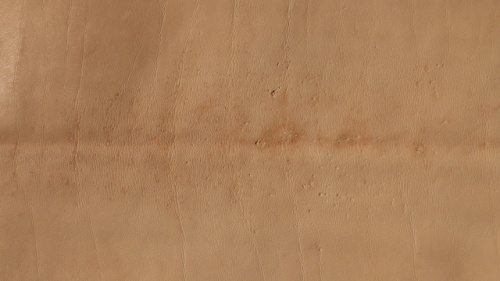

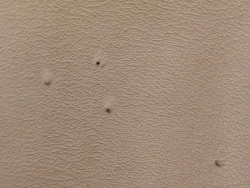

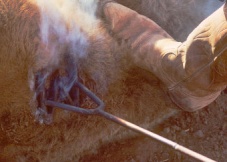
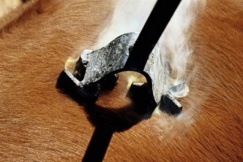
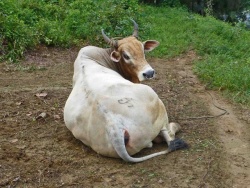
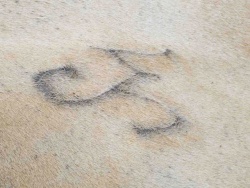
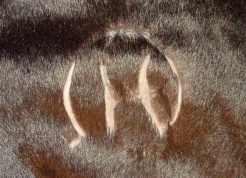
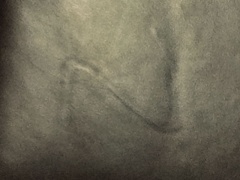
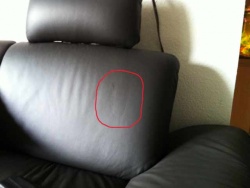
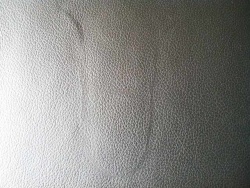
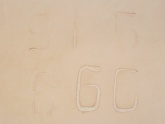
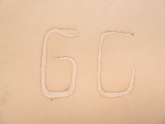
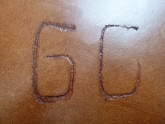
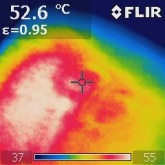
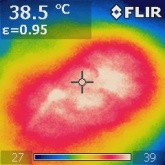
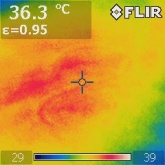
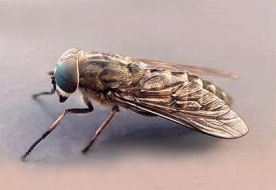
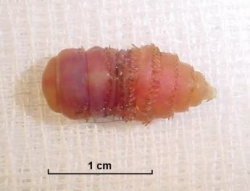
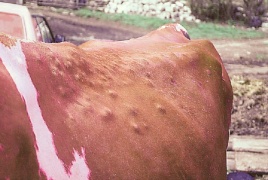
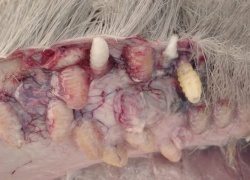
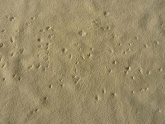
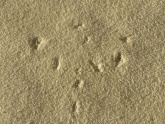
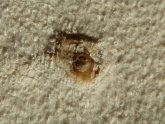
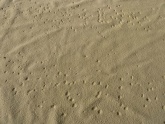
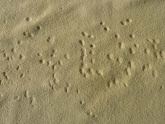
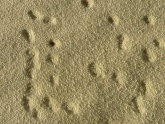
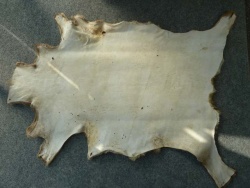
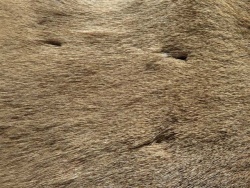
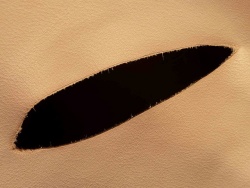
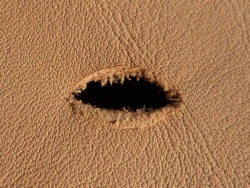
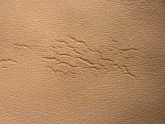
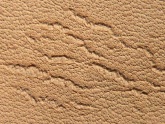
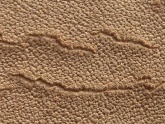

 a kotori web solution
a kotori web solution